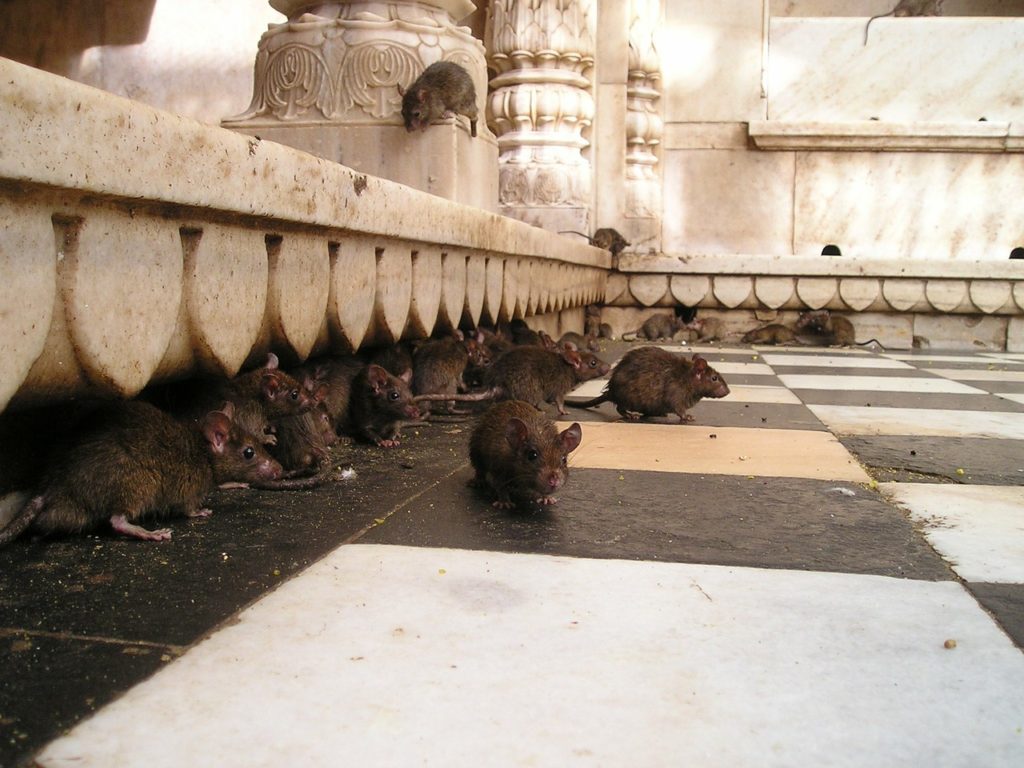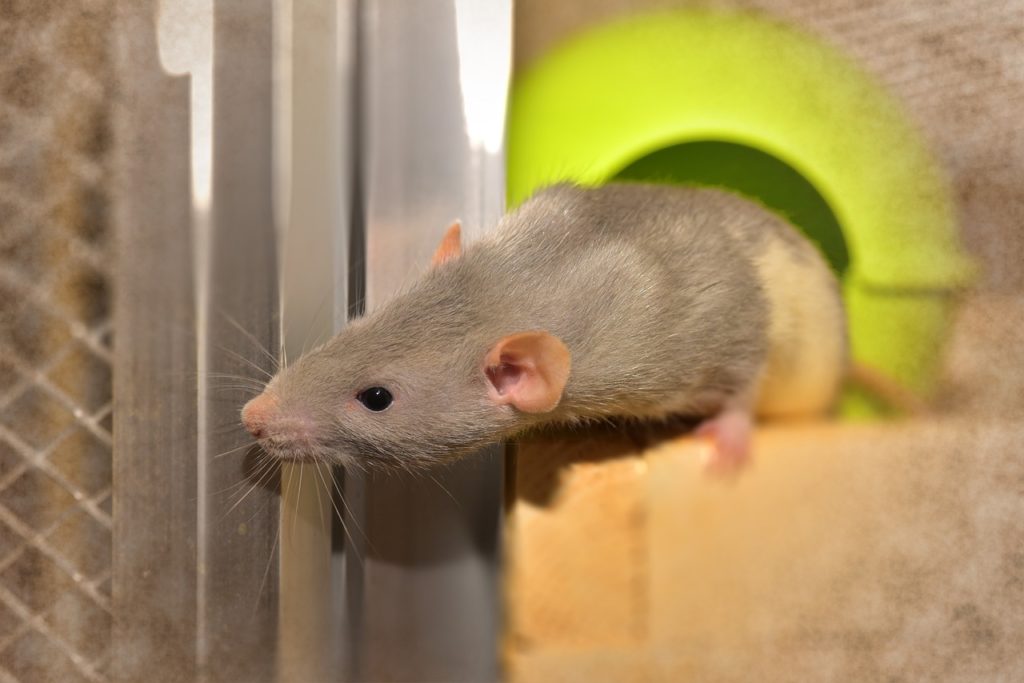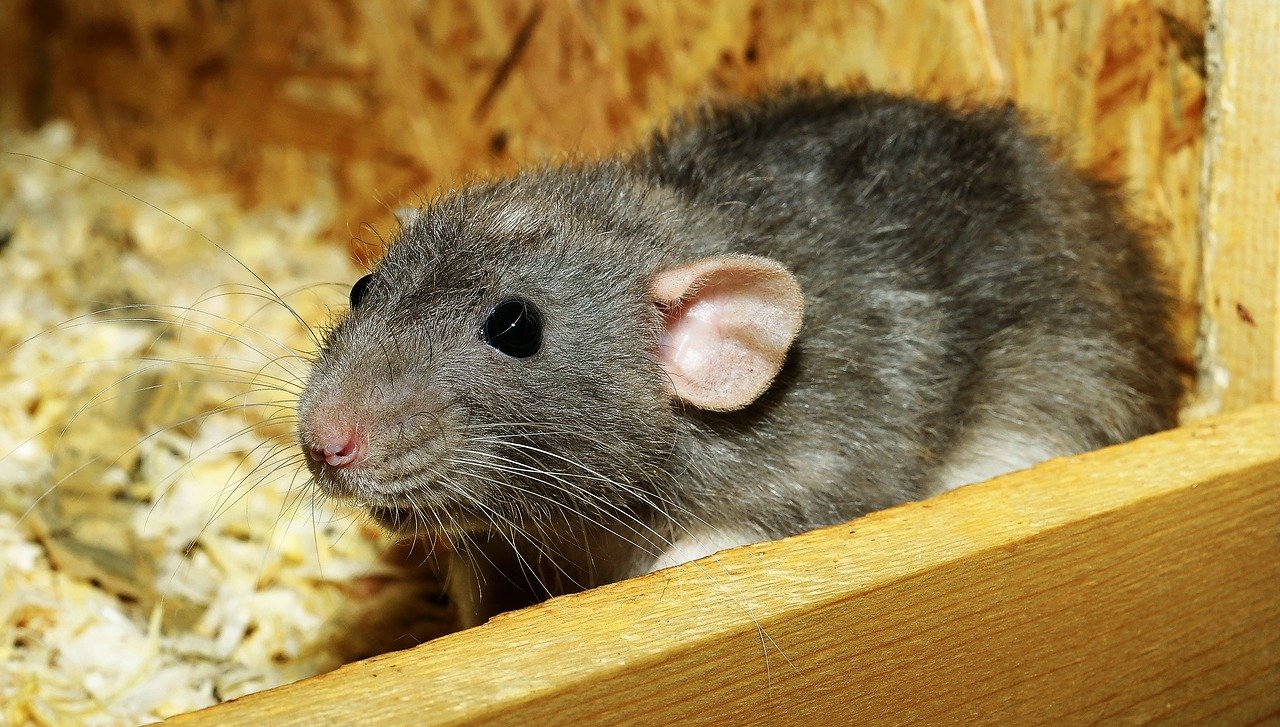Rats can thrive in almost all parts of your home, but one of their favorite spots is the basement. This is because the basement is often dark and undisturbed – the perfect place for the rodents to stay. So, how do you get rid of rats in the basement?
We have compiled simple steps for you to follow.
1. Confirm that the pests you are dealing with are indeed rats
The first thing you should do is to confirm that the pests in your basement are indeed rats. You don’t want to make assumptions. You want to be sure. If the pests disturbing your basement turn out to be not rats, your methods may prove to be ineffective.
There are two major kinds of rats that invade homes. They are the roof rats and the Norway rats. Roof rats are black, can grow up to eight inches, and have longer tails. Norway rats are brown and can grow up to ten inches.
2. Look for signs of rat activity
Once you have confirmed that you have rats in the basement and not squirrels or some other wild animal, it’s time to look for signs of their activities. Here are the things you should look for the most.
- Chew marks. Inspect cardboard boxes and other relatively soft containers that rats can chew on. Also inspect old fabrics, magazines, newspapers, plastic bags, wires, and other potentially chewable materials.
- Urine and feces. Rat urine and feces are extremely dangerous because they can cause diseases such as leptospirosis and salmonellosis. These signs of rat activity are easy to spot, because rats are not exactly picky on where to leave urine and feces.
- Grease marks. Rats have skin so oily that they often leave grease marks on the things they make contact with. When looking for grease marks, give particular attention to the walls.
- Holes and other passageways. Rats can come and go in your basement because there are passageways. These passageways are often holes in the electrical wiring, piping, roofing and walls. But also don’t disregard open doors and windows.

3. Isolate the basement
Before doing anything drastic, isolate the basement first. You don’t want to disturb the rats and force them to settle in a different part of your home. You want the rodents to stay in the basement, so you can focus your rat control methods on this part of your home.
Isolate the basement by making sure that all entry points, such as the doors and windows, are always closed. Also seal all passageways, such as the gaps between the electrical wiring and piping and the holes in the roofing and walls. You can use caulks, copper meshes, and other appropriate sealants to close these passageways.
4. Clean the basement
Get rid of rats in the basement by the using the power of cleanliness. Rats enjoy the filth. Remove the filth and you make your basement less attractive for them.
- Clean the rat urine and feces. These are not just health risks. They are also smelly and unsightly.
- Scrub the grease marks. Use soap and water to get rid of the grease marks all over your basement.
- Consider throwing away chewable materials. If the chewable materials in your basement have no practical use, consider throwing them away. You don’t want to give the rodents something to gnaw.
- Seal garbage bins. Garbage bins are a great source of food and water for rats. Make sure to tightly seal the garbage bins in and around the basement to limit the opportunities of rats to sustain themselves.

5. Get rid of rats in the basement
You have isolated the basement and have cleaned out the battlefield. It’s time to finally get rid of the rats in the basement. There are many methods to get rid of your rat problem, such as the use of poisons, repellents, and traps. Just make sure you are placing these items on spots with the most rat activity.
For example, you can place the poisons near the chewable materials to increase the chances of the rats chewing and eating the poisons. You can place the repellents near the walls where rats tend to smear their grease. You can also place the traps near the passageways they use to get in and around your basement.
- Use rat poisons. These are poisonous baits that come in many forms, such as food blocks, pellets, and even entire meals. Make sure that these baits are not accessible to children and pets. The problem with poisons is that they don’t kill the rats immediately. The rats may hide and die somewhere inaccessible and stink up your basement.
- Use rat repellents. Rats are naturally repelled by certain smells. You can use this to your advantage by placing these repelling smells all over your basement. Repellents can come in various forms, such as cayenne peppers and peppermint oils. The problem with repellents is that they don’t necessarily kill the rats. But they do drive them away.
- Use rat traps. Rat traps can come in various forms, but the most common ones are caging and snapping traps. Cages safely capture the rats so you can free them elsewhere while snaps kill the rats. The problem with traps is that you still have to deal with the rats afterwards. This is especially problematic if the trapped rat is still alive. And yes, even snapping traps can fail in killing rats and may end up only injuring them. This can put you in a moral dilemma. Do you kill the rat yourself or do you let it free in the wild injured?
6. Consider getting the help of pest control services
You can DIY your way out of your rat problem. You can use poisons, repellents, and traps all by yourself. But sometimes you simply don’t have the time or don’t want to exert the effort in getting rid of the pests.
In these cases, it’s best to get the services of pest control professionals. Let them handle the dirty work for you. Seriously consider this alternative if you also don’t want hurting or killing wild animals such as rats.

